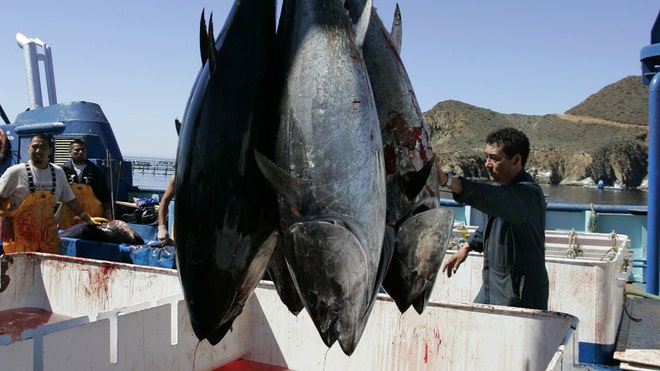DFG News

At its May 31 quarterly meeting, the Wildlife Conservation Board (WCB) approved $29.4 million to help restore and protect fish and wildlife habitat throughout California. The 30 funded projects will provide benefits to fish and wildlife species, including some endangered species, and others will provide public access opportunities to important natural resources... Read more >






 traveled far and wide in their current careers, as well as for their previous research. A few of us have had the opportunity to work on research vessels off the West Coast of the U.S. and we've seen quite a few interesting sea creatures in our time. In the case of the Pacific spiny lumpsucker, Eumicrotremus orbis, most would probably agree that this peculiar looking fish is downright adorable! Typically about the size of a grape (even the largest individuals rarely grow larger than a ping-pong ball), these poorly studied fish occur mainly in shallow waters to a depth of about 500 feet all along the Pacific Rim, ranging from the Washington Coast to the northern islands of Japan.
traveled far and wide in their current careers, as well as for their previous research. A few of us have had the opportunity to work on research vessels off the West Coast of the U.S. and we've seen quite a few interesting sea creatures in our time. In the case of the Pacific spiny lumpsucker, Eumicrotremus orbis, most would probably agree that this peculiar looking fish is downright adorable! Typically about the size of a grape (even the largest individuals rarely grow larger than a ping-pong ball), these poorly studied fish occur mainly in shallow waters to a depth of about 500 feet all along the Pacific Rim, ranging from the Washington Coast to the northern islands of Japan.


